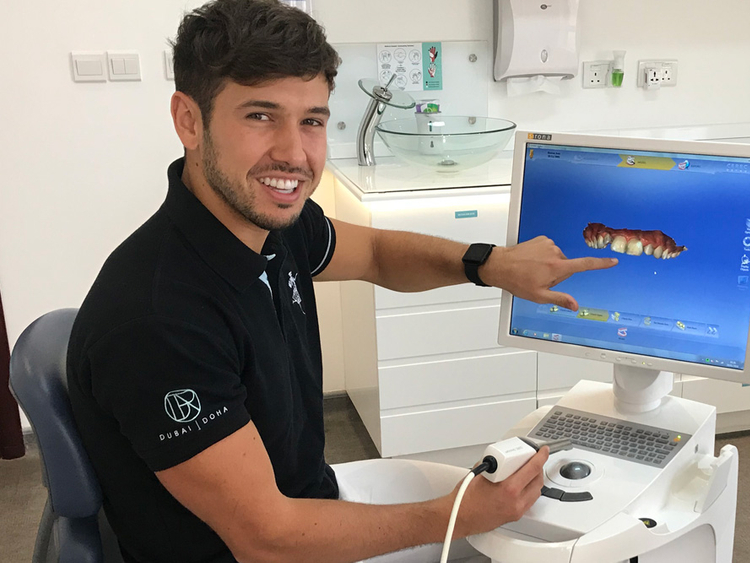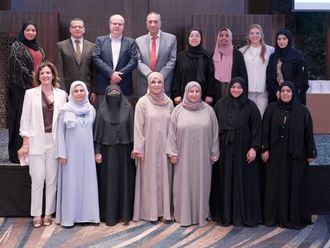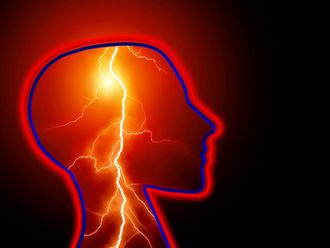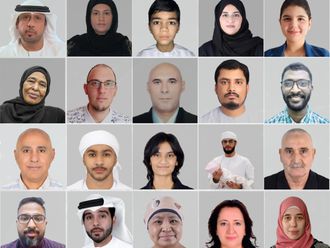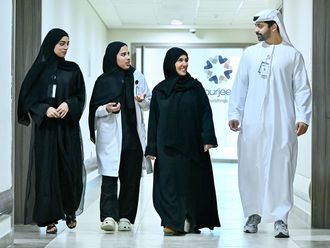What can be digital, will be digital.
First came the conversion of our medical records from paper notes to electronic, closely followed by x-ray films to digital sensors – and now anything that can be digital in dentistry, will be digital.
Digital technology isn’t only changing the way dentists treat patients, it is improving outcomes and enhancing the overall patient experience.
Digitalisation has transformed the 3 D’s in dentistry; Data, Diagnosing & Dental Treatment.
Data
Digital data can be broken down into personal patient information and medical/dental records.
Today, all patient information is stored digitally which enables the use of recall systems to prompt patients when check-ups are due and SMS/email reminders on the day of appointments. Recall systems are not new, but their importance should not be overlooked as they ensure regular check-ups and oral health checks are not missed.
Dentists document every appointment from discussions with patients, descriptions of treatments and charts/images of X-rays to digital impressions and 3D scans. Having this information available at the click of a button allows for better and faster dental care.
Diagnosis
Almost every modern day dental practice has a digital camera and digital X-rays, with more advanced clinics benefitting from CBCT scanners, digital intra-oral scanners (removing the need for impressions) and 3D printers or mills which can manufacture almost any appliance or restoration that the dentist may need to use.
These forms of digital technology allow for better detection of disease and for quicker and more accurate diagnoses and treatment plans for patients.
Treatment
Dental impressions will soon be a thing of the past as clinics move towards intra-oral 3D scanners which provide a more accurate and quicker solution. Treatments such as digital orthodontics eg Invisalign use this as well as general day-to-day procedures like crowns and inlays.
3D printers are a more recent development in dental practices which allow the manufacture of splints to help with grinding, 3D models of teeth for planning and restorations, and surgical guides for more predictable implant surgery.
Milling is where the mill uses cutting burs to prepare an object from a black of material. This allows for same day crowns and inlays, cutting down on the number of patients requiring two appointments. From a patient perspective, single-day dentistry is one of the most welcome innovations.
Dr Culbard is a cosmetic dentist at Dr Roze & Associates Dental Clinic in Dubai


